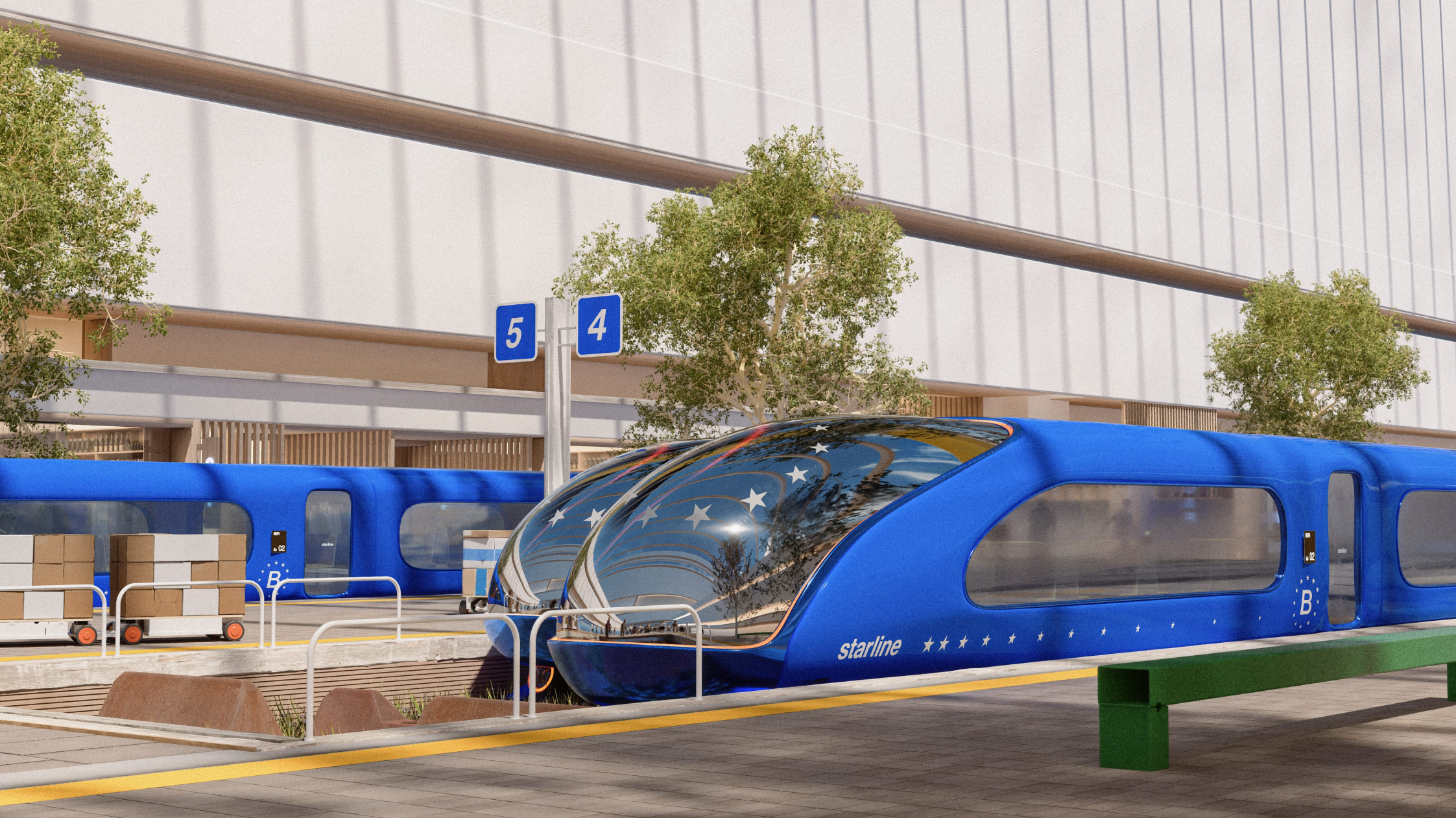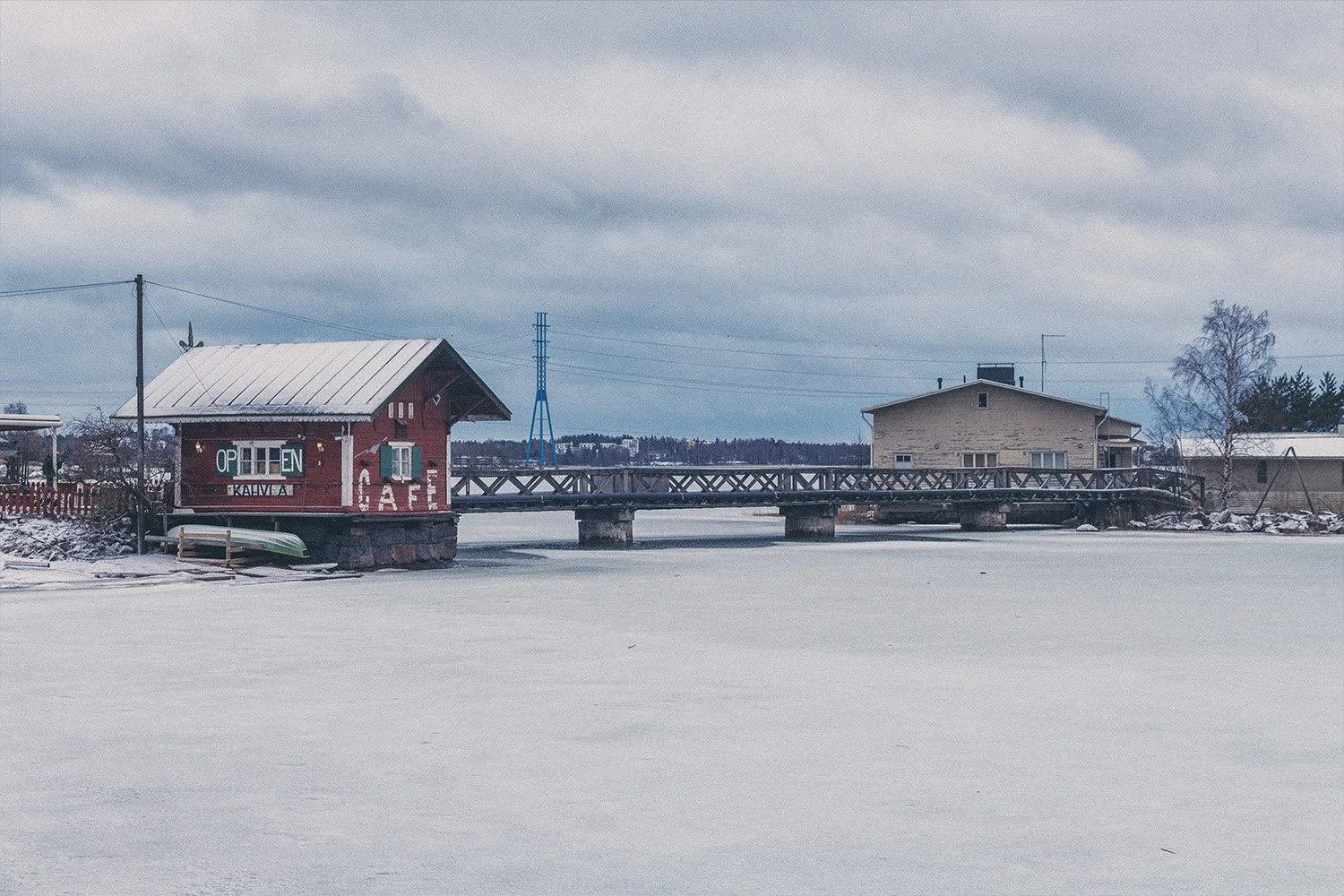What If One Train Connected All of Europe?
Europe’s full of bold ideas. Some take root and others stay on the drawing board. Every now and then, though, one appears that makes you stop and think… what if? That was my reaction when I first came across Starline.
This isn’t just another transport proposal. It’s a vision of what rail travel across Europe could be. One train network, linking everything from Dublin to Kyiv, blending culture, design, sustainability and speed. A high-speed rail concept that doesn’t just move people, but redefines crossing borders. It’s ambitious. But is it realistic?
More Than Just a Train Set
At the heart of Starline is a simple truth: Europe’s current rail system is fragmented. Some countries like France and The Netherlands have pretty good rail systems, but hop across a border and suddenly you’re dealing with mismatched infrastructure, incompatible standards, and a patchwork of ticketing systems… mainly Germany (Deutsche Bahn is possibly one of the worst). Starline, developed by the think tank 21st Europe, sets out to change all that. It imagines a single, seamless network where boarding a train in Amsterdam and stepping off in Athens feels effortless. The kind of travel where the journey is part of the story, not just a hurdle between flights.
Image credit: Starline
The concept is visually rich and thoughtfully designed. Stations would reflect local culture, not corporate blandness. Trains would be sleek, efficient and powered by renewable energy. Digital systems would actually work across countries and every detail would reinforce the idea of Europe as a connected whole, not just politically, but physically and emotionally.
The Details That Make You Dream
One look at the proposed route map is enough to spark the imagination. A single line stretching across the continent, cutting through capitals and regional towns alike. Paris to Prague. Rome to Riga. Lisbon to Lviv.
Image credit: Starline
It’s not just about speed or convenience. There’s a deeper narrative here - of a Europe that genuinely sees itself as one. Ukraine is included in the network and Ireland connects to the mainland. Even smaller cities get their place. That sense of inclusion, of building something together, feels rare in today’s often fractured political climate. Crucially, this really captures what the Schengen zone set out to achieve: open borders, easier movement, and a shared sense of purpose. Starline feels like a natural continuation of that ethos.
And for photographers, travellers, and lovers of the rail journey alike, this is the kind of travel we dream about; skipping airports entirely and crossing countries by train.
The Travel Possibilities
Some of the real magic here lies in the destinations this kind of network opens up. Right now, there are plenty of cities across Europe that are awkward to reach from London. Places like Sarajevo, Chisinau and Ljubljana aren’t exactly well served by the major airlines. If you want to get there, chances are you’re going with Ryanair or some other budget carrier. And even then, you’re often looking at indirect routes, funny flight times, and all the usual budget airline games.
A high-speed rail network across Europe changes that. Suddenly, these under-connected places become as accessible as the big players. And you’re no longer reliant on air travel. The idea that you could go from London to Ljubljana without dealing with Heathrow or a cheap seat lottery is genuinely exciting. It also brings something that’s been missing for a while: competition. Right now, air travel has a bit of a monopoly on long-distance European movement. But if rail steps up with proper infrastructure, sensible prices and minimal connections, the playing field changes. That benefits everyone and that’s what really excites me about this initiative. I’ve done long distance trains before, whether that’s from London through to Dundee or across parts of Asia, and I really enjoy just cruising with my headphones on and watching as life passes by the window - and always less stress than going to the airport.
But Can It Actually Happen?
This is where things get complicated.
Because while the idea is elegant, reality, especially European reality, is a tough sell. Each country has its own rail authority, its own priorities, its own standards. There are technical issues too, like differing track gauges in the east, or how to tunnel under the Irish Sea (if that’s even worth doing). None of it’s impossible. But all of it takes coordination, compromise and money. Not to mention reaching Liverpool from London would probably require HS2 to actually complete construction and for it to extend past Birmingham… which will almost never happen.
That said, some things were never really seen as possible to begin with. The Eurostar is a great example. People once scoffed at the idea of linking London to Paris via a tunnel under the sea but here we are. In 2025, you can now take a train from London through to Brussels, Amsterdam and Cologne. There are even future plans to extend Eurostar routes to Berlin. If HS2 were to expand to Liverpool (we can wishfully think) and the Eurostar continued onward to Kyiv, you’d essentially have one of Starline’s five proposed routes in place already. It’s a reminder that big infrastructure dreams are possible.
To make Starline happen, you’d need:
An empowered, cross-border rail authority with teeth
A shared set of construction and safety standards
Billions in upfront investment from a mix of EU funding and national budgets
Political will across dozens of governments, not just to say yes, but to stay committed for decades
That’s a tall order, especially in a Europe already juggling economic pressures, regional tensions, and different ideas of what “together” should look like.
Image credit: Starline
Still Worth Dreaming About
Despite all that, there’s something genuinely hopeful about Starline. Not because it’s guaranteed to happen, but because it reminds us that better is possible. That borders don’t have to be barriers. That infrastructure doesn’t have to be grey and joyless. That travel can be about connection, not just arrival.
Even if Starline never leaves the drawing board in its current form, the thinking behind it should live on. Europe could use more big ideas that make people feel something. More visions that say: this continent isn’t just a map of sovereign states, but a shared space that people move through and belong to.
If you enjoyed this story, you might like some of the other adventures I’ve shared:




